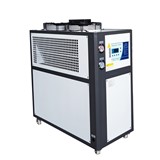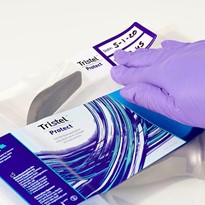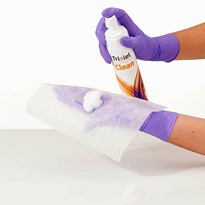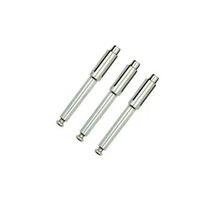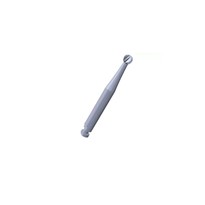Staff and patients are put at risk when medical devices are rinsed with water of inappropriate quality.[1] Researchers [2] have found that using reverse osmosis (RO) and filtered mains water alone for rinsing can still result in cases of re-contamination, despite reducing the risks. As a result, the limitations of these methods remain a significant cause for concern.
A disadvantage of using RO systems is that biofilms cover the membranes and filters that are designed to purify the water passing through them. Problematically, biofilms can re-contaminate the treated water by releasing bacteria back into the water. [3]
High electricity costs re another concern when using RO systems. Water flows continuously from the storage tank, through the filters and back to the tank to control bacterial growth. Maintaining such a constant flow requires the pump to run continuously. Operating all day, whether in use or standing idle, the systems use high levels of electricity, resulting in steep costs.
Rinsing with Tristel RA
Contrastingly, Tristel RA is a water treatment system designed specifically with medical device decontamination in mind. It avoids the disadvantages and high risks of other water purification methods. Combining an RO machine and filters* with Tristel’s proprietary chlorine dioxide chemistry (ClO2), Tristel RA ensures both bacteria-free rinse water and filter disinfection.
Tristel ClO2 is dosed in very low concentrations, after the RO membrane and before the final 0.2m filter. This low-level dosing method prevents bacterial growth and biofilm formation. The result: water appropriate for use in an Endoscope Washer Disinfector (EWD) cycle.
Ensuring compliance
Maintaining water purity compliance for every rinsing procedure, Tristel RA features filters, RO* and chemical dosing to produce water quality compliant with HTM 01-06.
In the Health Technical Memorandum (HTM) 01-06 for the management and decontamination of flexible endoscopes, Part B: ‘Design and installation’ mentions that “the addition of a non-toxic biocide to the final rinse-water may help prevent the formation of biofilm.”
Tristel ClO2 has shown to be effective against Pseudomonas aeruginosa biofilm growing in tubing, simulating the internal channels found within endoscopes and following ISO 15883-1. [4]
Moreover, Tristel ClO2 has demonstrated greater than 6-log reduction against Mycobacterium terrae.[5] It is also effective in reducing proteins and polysaccharides within biofilm structures and reducing endotoxin levels.[6]
Completing rinsing procedures efficiently
The cost of efficiency cannot be overlooked for water purification, where chemistry can make all the difference in price and impact.
As opposed to RO systems, which need to constantly circulate to ensure the water is filtered and not left standing in the pipework, Tristel RA operates on a pressure demand; the pump is only running when required to reduce electricity costs. The daily cost of running Tristel RA is ten times lower than the average RO system, reducing costs to 54p a day instead of £5 per day.
Your rinse water solution
For the past century, chlorine dioxide has been used in the water treatment industry, with both the World Health Organization (WHO)[7] and the United States Environmental Protection Agency (EPA)[8] approving it for the disinfection of drinking water. Tristel ClO2, as dosed by Tristel RA, produces internationally compliant, non-corrosive rinse water for use in EWDs.
Tristel RA eliminates bacteria, prevents biofilm formation, and significantly lowers endotoxin levels ensuring bacteria-free rinse water while requiring less electricity than RO alone.
References:
[1] Hanna Bielecka (April 2020), ‘Treating rinse water: RA versus RO?’ Clinical Services Journal, 7-10.
[2] Cooke et al. (1998), ‘Bacteria-free water for automatic washer-disinfectors: an impossible dream?’ Journal of Hospital Infection, 39: 63-65.
[3] Alvarado et al. (1991), ‘Nosocomial Infections from Contaminated Endoscopes: A Flawed Automated Endoscope Washer. An Investigation Using Molecular Epidemiology’ The American Journal of Medicine, 91 (suppl 3B): 272S-280S.
[4] 4 Biotech-Germande (2004). Evaluation of The Biocidal Activities of Tristel Chlorine Dioxide Solution Against Biofilm. Document number 254. TRII.04
[5] Pace (2017), ‘Tristel Rinse Assure Disinfection Study GLP Report’, Nelson Laboratories.
[6] Pace (2017), ‘Tristel Rinse Assure Water Quality Study GLP Report’, Nelson Laboratories.
[7] World Health Organization (WHO) (2004), ‘Guidelines for Drinking-water Quality’. 3rd edition.
[8] United States Environmental Protection Agency (EPA), ‘Drinking Water Treatability Database’. Available online at: https:// iaspub.epa.gov/tdb/pages/treatment/treatmentOverview.do?treatmentProcessId=-1277754943. Accessed: 11/10/2021


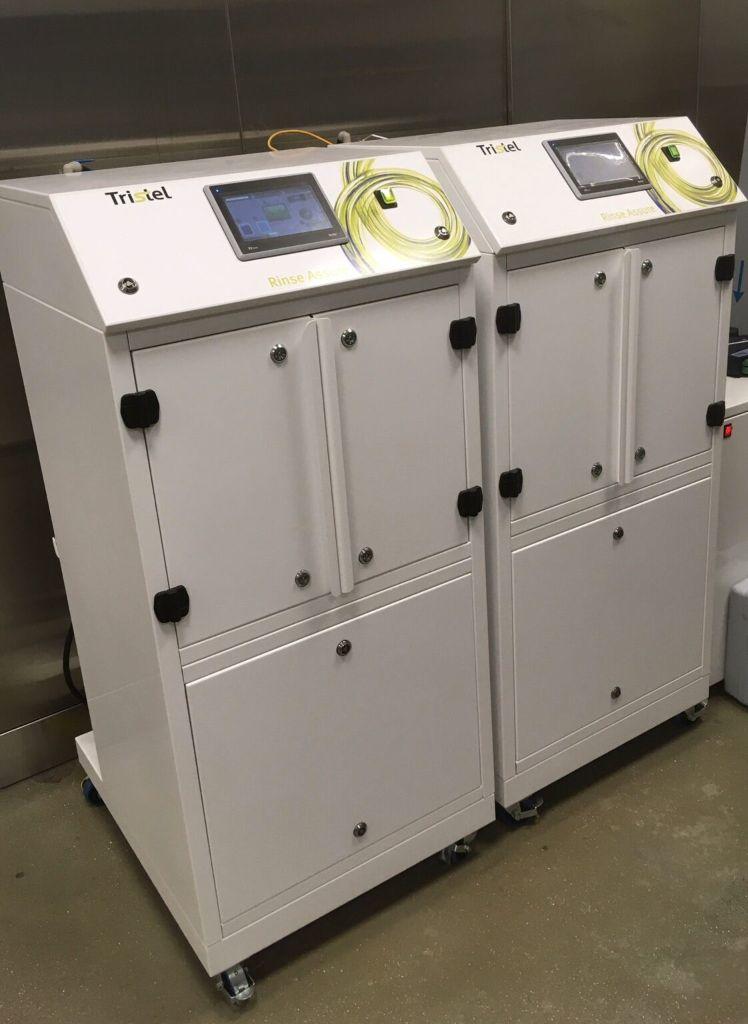



-160x160-state_article-rel-cat.png)














